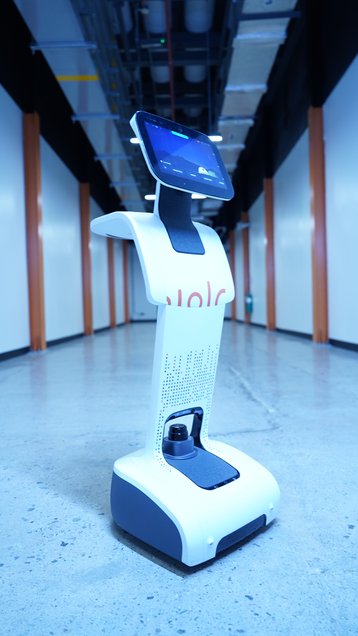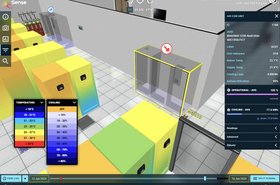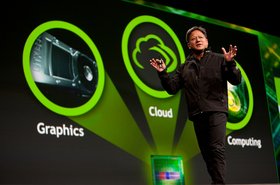Robots have been a part of life for a long time. The automotive industry has relied on robotics technology for decades to keep its assembly lines running, while the electronics industry uses robots to tackle fiddly soldering work at a scale and pace that human fingers can’t handle.
Robots are even beginning to be used for more visible, consumer-facing functions such as food delivery and sanitization, but they’re yet to become widespread in the data center industry. This is unusual, given the highly technical nature of data center infrastructure and the widespread use of automation for many data center and server functions.
Given the numerous benefits robots can bring to data center operators, employees, and customers, we should be seeing them everywhere. However, there are a number of forces at work that are holding back widespread robotic advances in the data center industry.
The cost of such hardware alone is a limiting factor for many operators, as is the complexity of integrating this technology into data center environments. Alongside this, there is a shortage of specialized skills in robotics programming, which is further delaying the speed at which we’re seeing robots enter the data center landscape.
Dialing up data center operations
However, the tide is turning. In 2013, IBM piloted the use of a "hackable" version of an autonomous vacuum cleaner to track data center temperature and humidity patterns for energy efficiency purposes. Other hyperscalers like Google and Amazon Web Services have also integrated robotics to lift the level of automation in their facilities.
The use of robotics in data centers is on the rise. Half of cloud data centers will deploy advanced robots with artificial intelligence and machine learning capabilities by 2025, according to predictions by industry analyst firm Gartner.
Data center operators are beginning to realize that the potential benefits robotics can deliver outweigh any risks or costs that may have previously held them back from investing in such technology. And the benefits are substantial, with Gartner estimating the use of advanced robotics in data centers will result in 30 percent higher operating efficiency.
And for good reason. With use cases such as server upgrades and maintenance, site monitoring, and data center security, robotics can create efficiencies and even drive predictive maintenance. Robots are able to monitor every aspect of data center operations in real-time. In combination with Big Data and AI, this real-time analysis capability can help operators act on issues before they escalate into major problems.
Creating a better customer experience
Digital Edge is trialing a prototype robot in the NARRA1 data center in Manila. Affectionately known by the team as ‘Nora,’ it uses facial recognition to authenticate visitors and recognizes spoken commands to guide visitors through secure areas to their racks.
During installation, customers sometimes spend days, or even weeks, implementing their servers on-site. Robots that register and escort visitors can streamline these processes. This frees up team members for tasks that require human expertise, which is particularly relevant given the skills shortage in the data center industry.
But this is only the tip of the iceberg in terms of the potential benefits of robotics. From automatic surveillance and security to monitoring environmental sensors and other hazards, robots can help ensure customers’ physical infrastructure remains operational and in optimal condition at all times, maximizing uptime and enabling operators to over-deliver on service level agreements.
Backing our people
Robots can deliver better customer experiences, and free up valuable time for data center staff. The reduction of manual, routine and highly repetitive tasks through automation is one of the top use cases for robots in data center environments, enabling the redeployment of team members to higher-value tasks.
Moreover, the use of robotics can reduce the risks to data center personnel in hazardous areas. Given the high-powered electrical systems that underpin servers in data centers, a fault can present substantial dangers to those servicing the equipment, including fire. Robots can be employed to handle initial fault response activities and thereby minimize the risk of injury to personnel.
These are just a few of the compelling use cases for robots in data centers today. The more widespread the use of industrial robotics is in the data center industry, the greater the benefits will be for operators, employees, and customers.
We have the opportunity to lead the charge on future-proofing the industry. Let’s take it.









